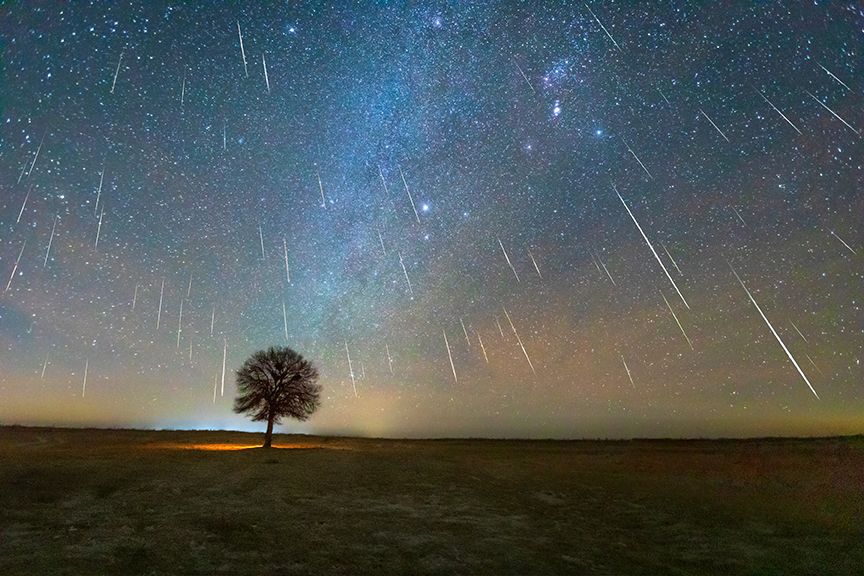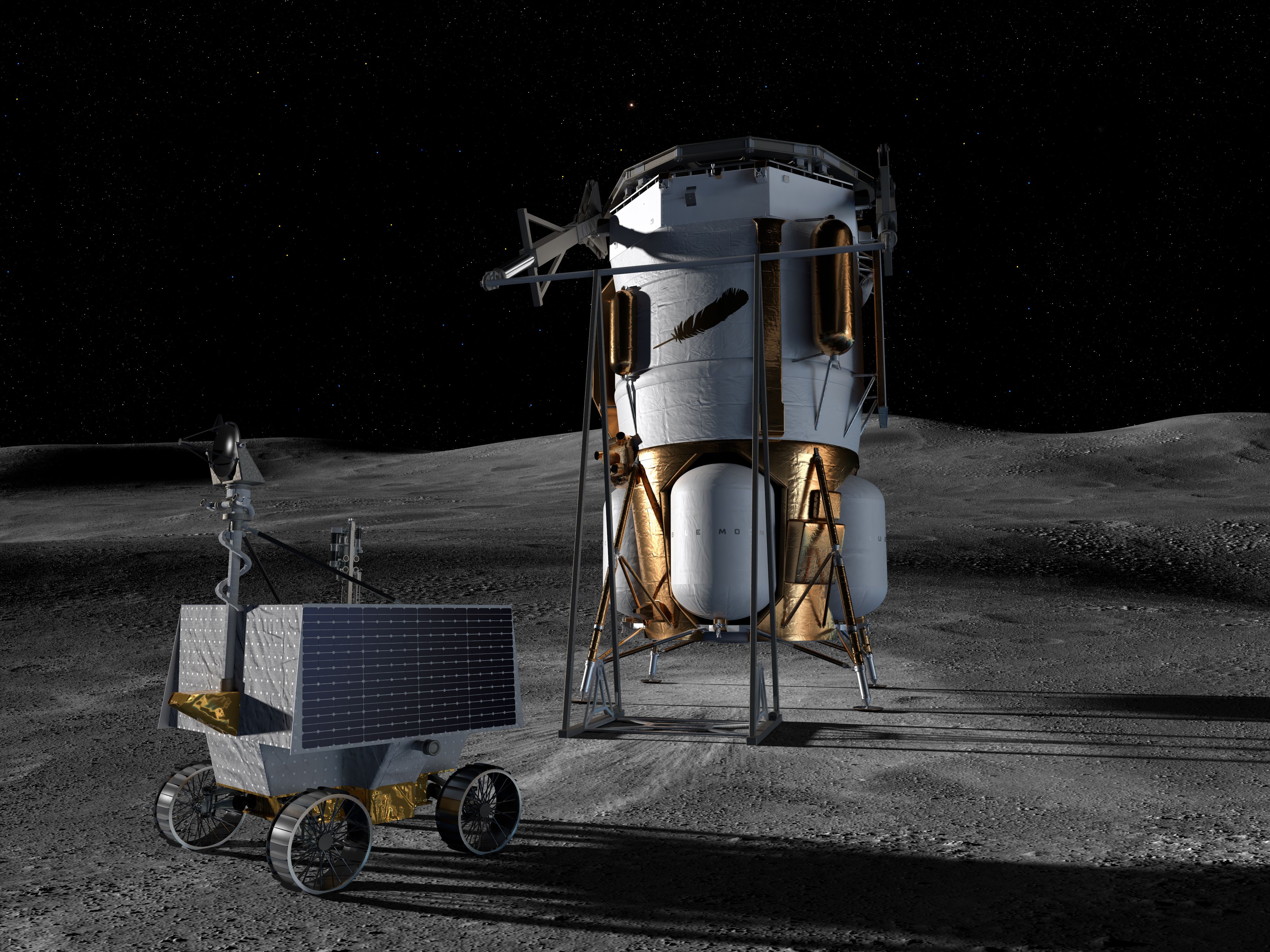A Collision With Another Planet Could Have Allowed for Life on Earth
A Collision With Another Planet Could Have Allowed for Life on Earth
Scientists believe that the Earth was formed around 4.5 billion years ago, during a period known as the “Late Heavy Bombardment.”
During this tumultuous time, the young Earth was bombarded by debris left over from the formation of the solar system. One theory suggests that a collision with another planet could have played a crucial role in the creation of conditions that allowed for life to develop on Earth.
According to this theory, a Mars-sized planet, dubbed “Theia,” collided with the early Earth, ejecting huge amounts of material into space. This material eventually coalesced to form the Moon.
But the impact may have had another, more profound effect. The collision could have also delivered crucial elements such as water and organic molecules to Earth, providing the necessary building blocks for life to emerge.
Additionally, the collision would have generated a tremendous amount of heat, potentially resulting in a global magma ocean on Earth. This would have allowed for the differentiation of the Earth’s core and the formation of a magnetic field, which is crucial for shielding the planet from harmful cosmic radiation.
Furthermore, the collision may have tilted Earth’s axis, leading to the development of seasons. This variation in climate could have played a crucial role in shaping the evolution of life on Earth.
While this theory remains speculative, it offers a fascinating explanation for how the conditions for life on Earth may have been established through a cataclysmic collision with another planet. It underscores the interconnectedness of celestial bodies in the universe and the complex processes that have shaped the history of our planet.





